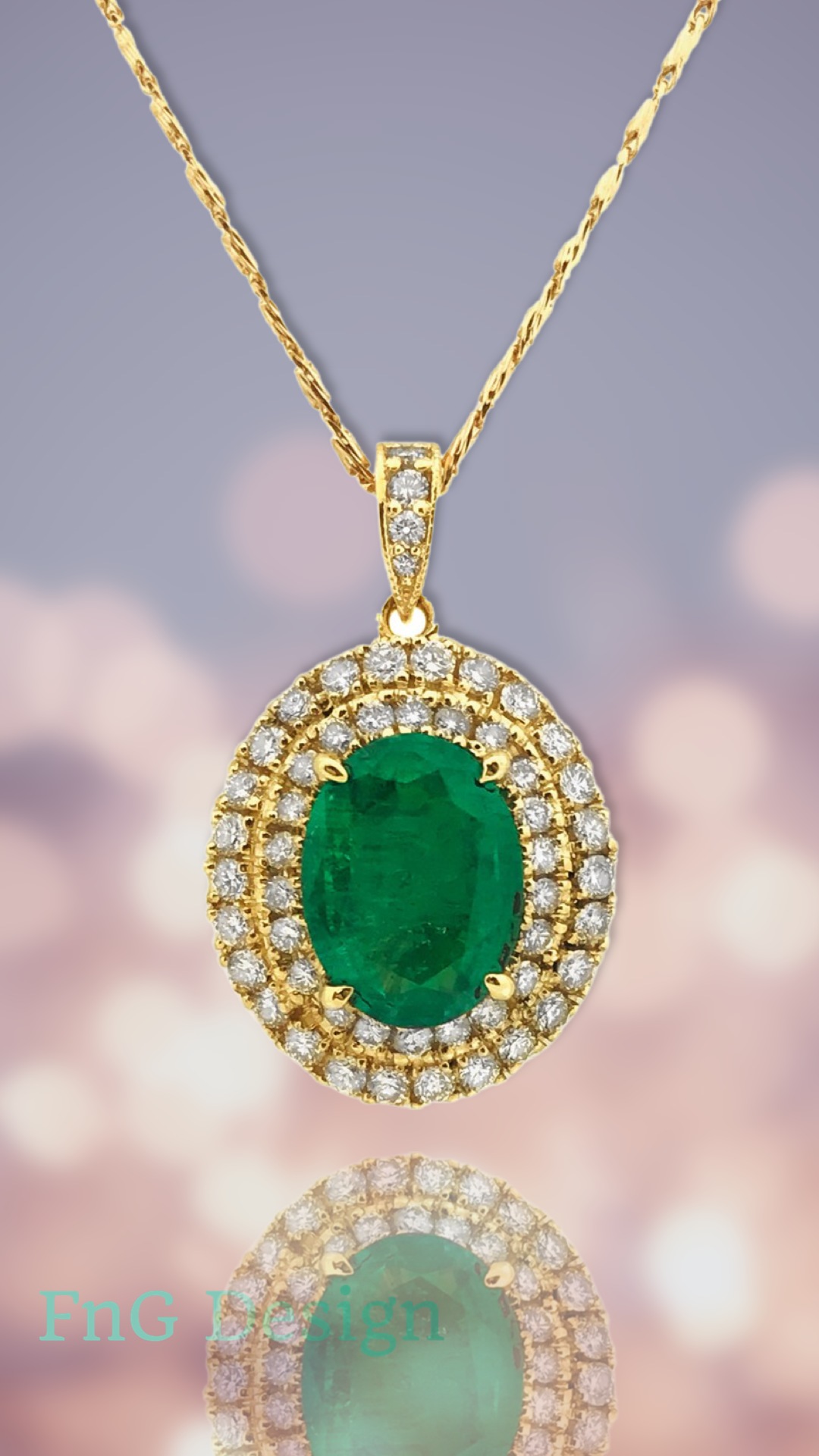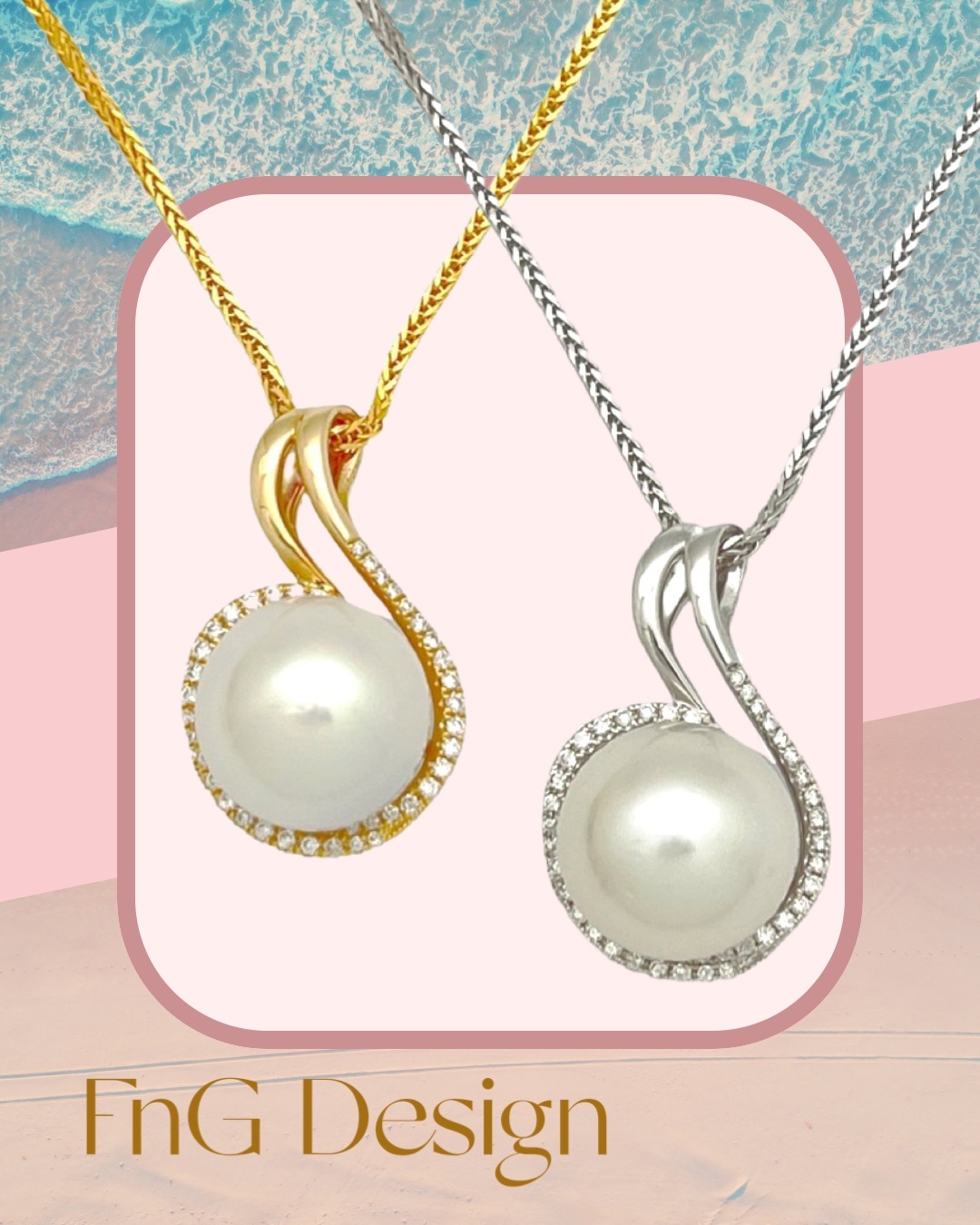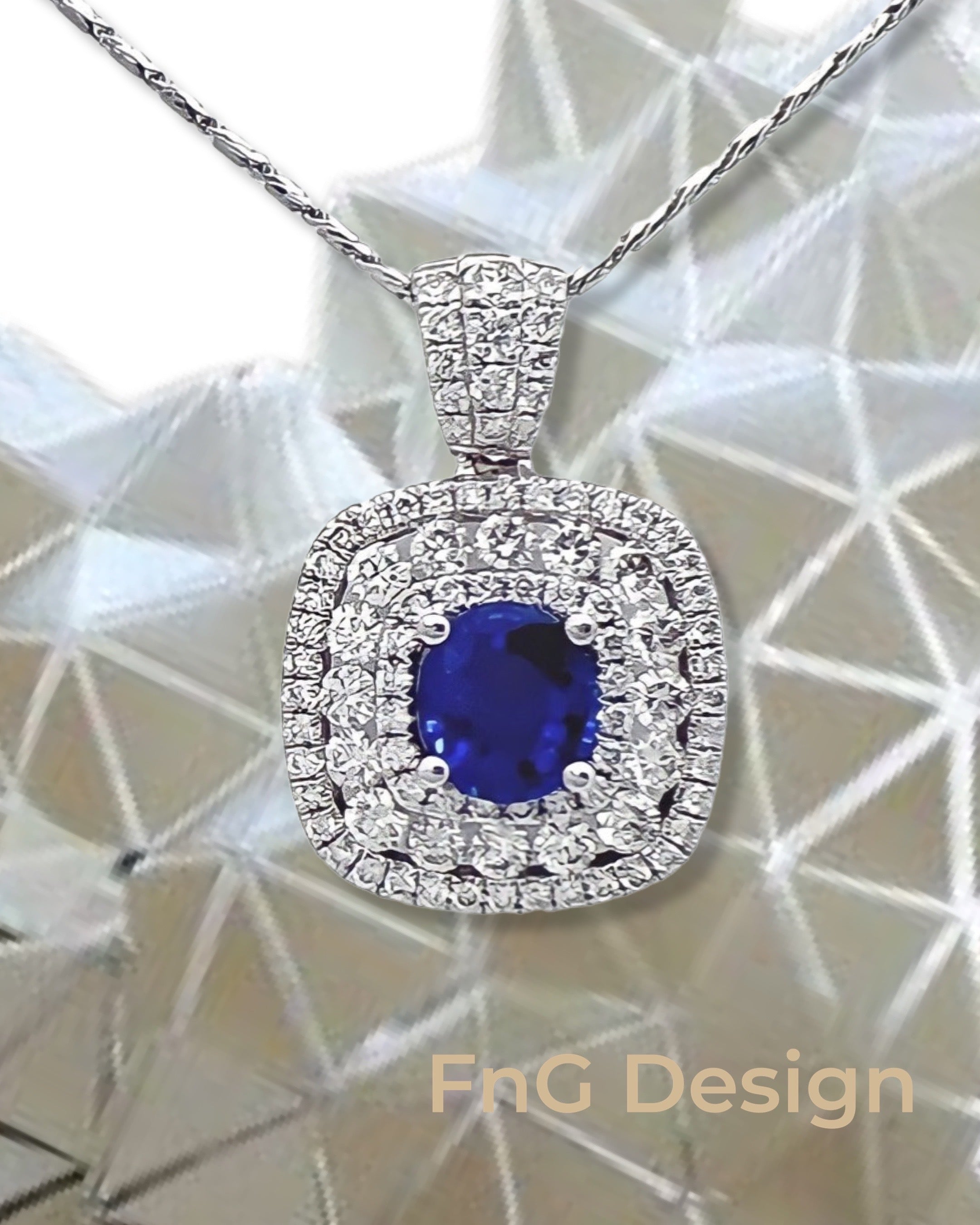
The Truth About Emeralds: Nature’s Diva (With or Without a Little Help) — A Féb & Gar Design Jewelry Story
Emeralds: The Glorious Green Gems… and Their Spa Days
Let’s talk about emeralds -those lush green stunners that have dazzled royalty, romantics, and anyone who’s ever said, “Ooh, shiny!” for centuries. But before you run out and buy one for your ring finger (or your third eye), let’s spill the sparkly tea on what you’re really getting - and whether that gorgeous green had a little help behind the scenes.
First, What Is an Emerald?
An emerald is a precious gemstone from the beryl family, colored a lush green by traces of chromium and vanadium. Translation? Nature mixed just the right cocktail of minerals and magic to give us this gem that screams elegance, envy, and maybe just a bit of “treat yourself.”
But - spoiler alert -emeralds aren’t exactly the smoothest operators.
The Emerald Truth: They’re a Bit… Fragile
Unlike diamonds, emeralds don’t walk around with a “tough guy” reputation. They rank about 7.5 to 8 on the Mohs hardness scale - so not too soft, but not invincible either. Think of them as glamorous divas: stunning, rare, and a little high-maintenance. They love the spotlight but require some gentle handling (and maybe a soft cloth and non-toxic soap).
And here’s where the plot thickens…
Oil or No Oil? That Is the Question
Most emeralds - and we do mean most -get a bit of a beauty treatment. These aren’t just gems; they’re practically at a spa.
Oiling, the most common treatment, is like giving your emerald a facial. Natural oils (often cedarwood oil) or resins are used to fill in the surface-reaching fractures that emeralds are born with. It enhances clarity and overall appearance — just like concealer on a bad skin day. And hey, don’t judge. If you could fill in your cracks with cedar oil, wouldn’t you?
There are levels to this:
- No Oil: Rare. Like unicorn-rare. If you find one, buy a lottery ticket, too.
- Faint to Moderate Oil: Pretty standard. Most fine emeralds fall here.
- Heavy Oil: Proceed with caution. These gems might have more filler than a reality TV star.
Why Does It Matter?
Value. Transparency. Resale. Bragging rights.
A no-oil emerald will fetch a higher price and a lot of admiration. It’s like showing up to a black-tie gala with no makeup and still looking fabulous. That’s natural beauty at its finest.
On the flip side, oiled emeralds are still very valuable-just make sure the treatment is disclosed and stable. You don’t want your gem sweating out its filler on a hot day, right?
How Can You Tell?
You can’t-not with the naked eye. You need a gemologist and a microscope (and maybe some coffee, because those lab reports are no joke). Reputable sellers will always disclose treatments and may even provide certification from GIA, AGL, or other trusted labs.
So, Should You Avoid Treated Emeralds?
Absolutely not! Unless you’ve got a Rockefeller-level budget and a museum-worthy collection, an oiled emerald is perfectly acceptable - even desirable. Just make sure you’re buying from someone honest, who gives you all the juicy gem gossip upfront.
Final Sparkly Thoughtst
Emeralds are breathtaking - full of personality, character, and yes, maybe a touch of oil. But so are we, right? It’s not about being flawless; it’s about the story, the beauty, and the green fire that lights up when the gem hits the light just right.
So go ahead - love your emerald, oil and all. Just don’t put it in an ultrasonic cleaner. Or take it skydiving. Or wear it while wrestling your dog into a bath. Like all divas, it deserves a bit of pampering.

